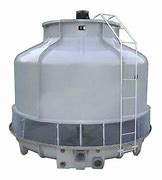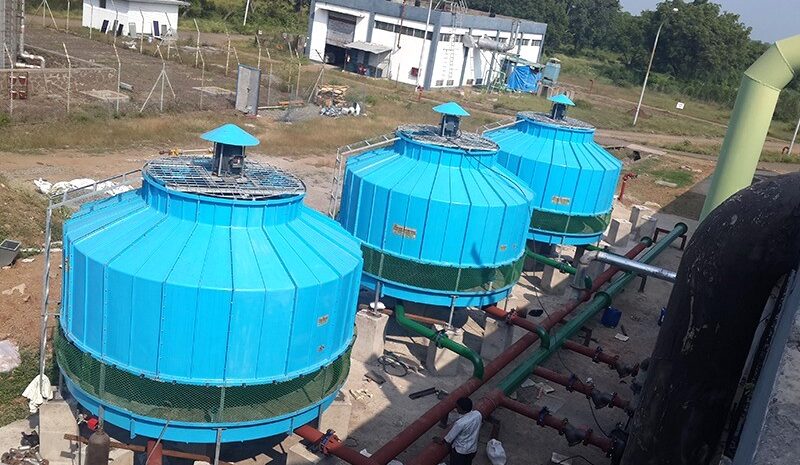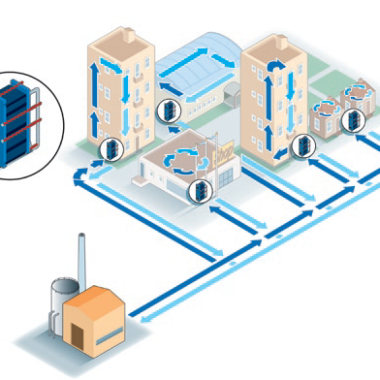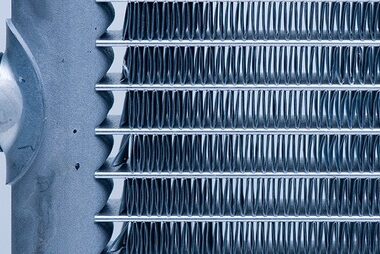Material Selection and Corrosion Control in Round Towers
Material Selection and Corrosion Control in Round Towers
Material choice and corrosion control are basic considerations within the plan and development of round cooling towers to guarantee longevity, unwavering quality, and performance. Material Selection and Corrosion Control in Round Towers : Here are a few key aspects to consider:
1) Tower Construction Material:
The choice of development fabric for the tower shell and components is significant in resisting corrosion and prolonging the tower’s life expectancy. Common materials utilized in round cooling towers include:
Fiberglass Reinforced Plastic (FRP):
FRP is highly corrosion-resistant, lightweight, and tough, making it a prevalent choice for cooling tower construction. It can withstand cruel environmental conditions and is safe to corrosion from chemicals and UV exposure.
Galvanized Steel:
Galvanized steel is an economical option for cooling tower development. It gives great corrosion resistance but may require extra protective coatings or treatments to upgrade strength in corrosive situations.
Stainless Steel:
Stainless steel offers great corrosion resistance and is appropriate for applications where extraordinary durability and resistance to chemical attack are required. It is often utilized in exceedingly destructive situations such as coastal areas or industrial destinations with aggressive chemicals.
2) Coatings and Linings:
Applying protective coatings or linings to the inner and external surfaces of the cooling tower can improve corrosion resistance and expand the benefit life of the equipment. Common coatings utilized incorporate epoxy, polyurethane, and vinyl ester coatings, which give a barrier against corrosion and chemical attack.
3) Water Treatment:
Implementing a comprehensive water treatment program is fundamental for avoiding corrosion and scaling inside the cooling tower system. Proper water treatment includes controlling parameters such as pH, conductivity, and microbiological development to minimize corrosion and fouling of heat exchange surfaces.
4) Drift Eliminators:
Drift eliminators introduced within the cooling tower help capture water droplets entrained within the deplete air and anticipate them from getting away into the environment. This reduces water loss and minimizes the risk of corrosion from airborne contaminants.
5) Regular Maintenance:
Routine review and support of the cooling tower components are fundamental for identifying and addressing corrosion issues in a timely way. This incorporates cleaning the tower surfaces, assessing for signs of corrosion or damage, and repairing or replacing corroded parts as needed.
6) Environmental Conditions:
Thought should be given to the particular natural conditions at the cooling tower site, such as presentation to saltwater, industrial pollutants, or acidic gases. Selecting materials and coatings that are safe to these environmental factors can help moderate corrosion and prolong the tower’s lifespan.
By carefully selecting appropriate materials, executing corrosion control measures, and following to a proactive maintenance program, round cooling towers can be effectively ensured against erosion and maintain ideal performance throughout their service life.








Material Selection and Corrosion Resistance in Round Cooling Towers - Cool Fab Equipments June 24, 2024 at 7:56 pm
[…] Selection and Corrosion Resistance in Round Cooling Towers : Within the domain of industrial cooling arrangements, round cooling towers stand out for their […]